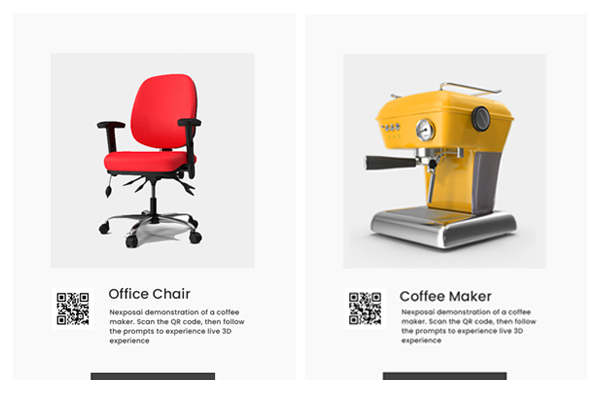Enhancing Trade Shows and Exhibitions with Augmented Reality
Trade shows and exhibitions have long been a staple in the business world, providing a platform for companies to showcase their products and services to a targeted audience. However, in today’s fast-paced and technology-driven world, traditional trade shows are facing new challenges in capturing the attention of attendees and delivering memorable experiences. This is where augmented reality (AR) comes into play, revolutionizing the way trade shows and exhibitions are conducted.
What is Augmented Reality?
Before we delve into the impact of AR on trade shows, let’s first understand what augmented reality is. Augmented reality is a technology that overlays digital information, such as images, videos, and 3D models, onto the real world. By using a smartphone, tablet, or AR glasses, users can experience a blend of the physical and digital worlds, enhancing their perception and interaction with the environment.
Engaging Attendees with Immersive Experiences
One of the key advantages of AR in trade shows is its ability to create immersive experiences for attendees. Instead of simply walking past booths and displays, attendees can now actively engage with products and services through interactive AR applications. For example, a furniture company can use AR to allow visitors to virtually place their products in their own homes, giving them a realistic sense of how the furniture would look and fit in their space.
AR also enables exhibitors to showcase their products in a more dynamic and captivating way. With AR, static brochures and posters can be transformed into interactive digital content. Attendees can scan QR codes or markers to unlock additional information, videos, or even virtual demonstrations of the products. This not only grabs attention but also provides a deeper understanding of the features and benefits of the showcased products.
Improving Efficiency and Cost-effectiveness
Trade shows can be costly endeavors, requiring significant investments in booth setup, logistics, and promotional materials. AR can help alleviate some of these expenses by reducing the need for physical displays and printed materials. Instead of shipping large and bulky products to the venue, companies can showcase them virtually through AR. This not only saves on transportation costs but also allows for more flexibility in presenting a wider range of products without the limitations of physical space.
Furthermore, AR can streamline the lead generation process at trade shows. By integrating AR with customer relationship management (CRM) systems, exhibitors can capture attendee data and preferences more efficiently. For instance, scanning a QR code or filling out a form in an AR application can automatically populate lead information, eliminating the need for manual data entry. This enables exhibitors to follow up with potential customers more effectively and track the success of their trade show participation.
Expanding Reach and Extending the Exhibition Experience
AR has the power to extend the reach of trade shows beyond the physical event. With the use of AR-enabled mobile apps, companies can provide virtual access to their trade show booths and exhibitions to a global audience. This opens up new opportunities for businesses to engage with potential customers who may not have been able to attend the event in person.
Additionally, AR can enhance the post-event experience by allowing attendees to revisit the exhibition virtually. By scanning a marker or accessing a dedicated AR app, attendees can relive the event, access additional content, and even make purchases directly from the app. This not only prolongs the impact of the trade show but also provides a convenient way for attendees to continue their engagement with the exhibitors.
The Future of Trade Shows with AR
The impact of AR on trade shows and exhibitions is just beginning to be realized. As the technology continues to advance, we can expect even more innovative applications and possibilities. Imagine attending a trade show where every booth comes to life with interactive AR experiences, personalized recommendations, and real-time collaboration. The potential for creating truly immersive and memorable trade show experiences is immense.
In conclusion, augmented reality is revolutionizing the way trade shows and exhibitions are conducted. By providing immersive experiences, improving efficiency, expanding reach, and extending the exhibition experience, AR is transforming trade shows into dynamic and engaging platforms for businesses to connect with their audience. Embracing AR technology can give your company a competitive edge and elevate your trade show presence to new heights.





